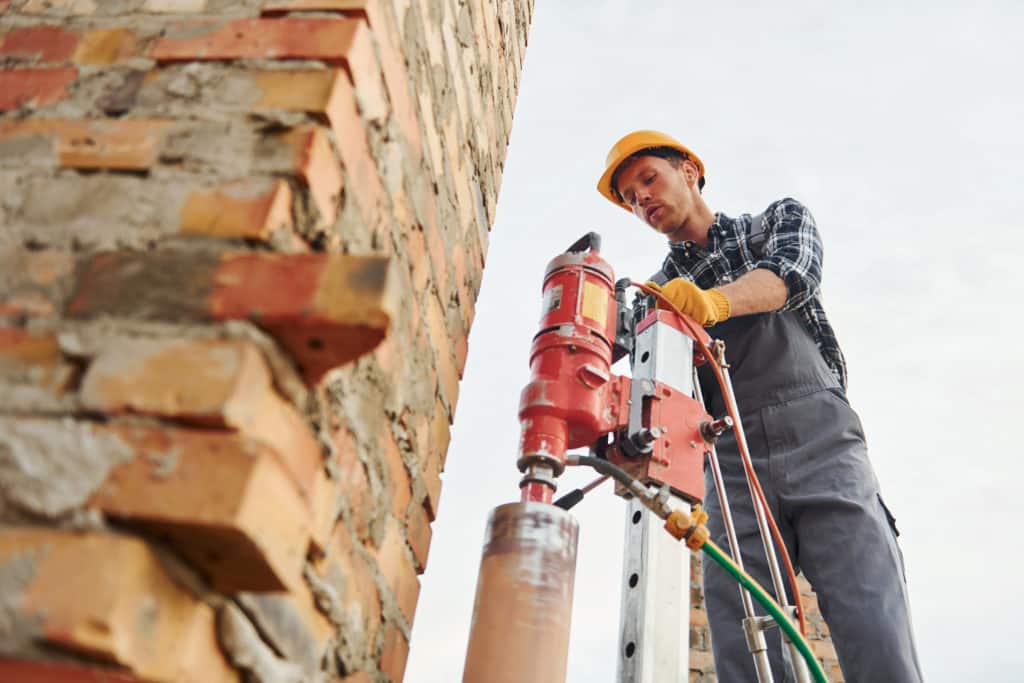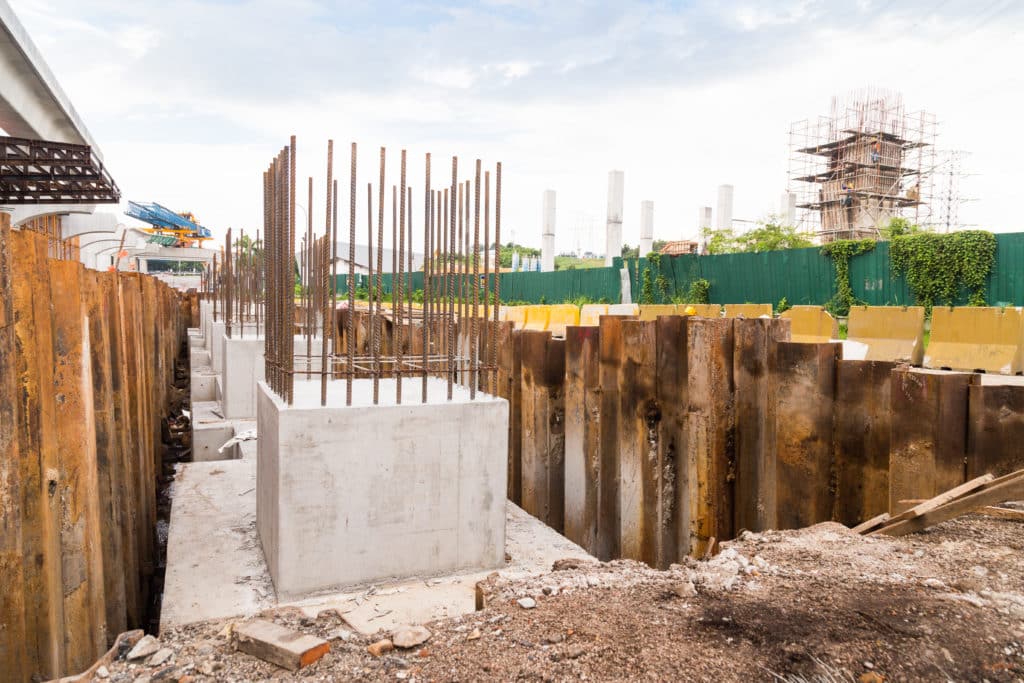Repairing cracks in concrete is a necessary skill for homeowners and DIY enthusiasts alike, as it can extend the life of concrete surfaces and maintain the property’s aesthetic appeal. Concrete is a durable material, but it is not immune to the effects of weather, stress, and time, which can all cause cracks to develop. These fissures not only mar the appearance of driveways, patios, and walkways but may also lead to more severe structural issues if left unaddressed.
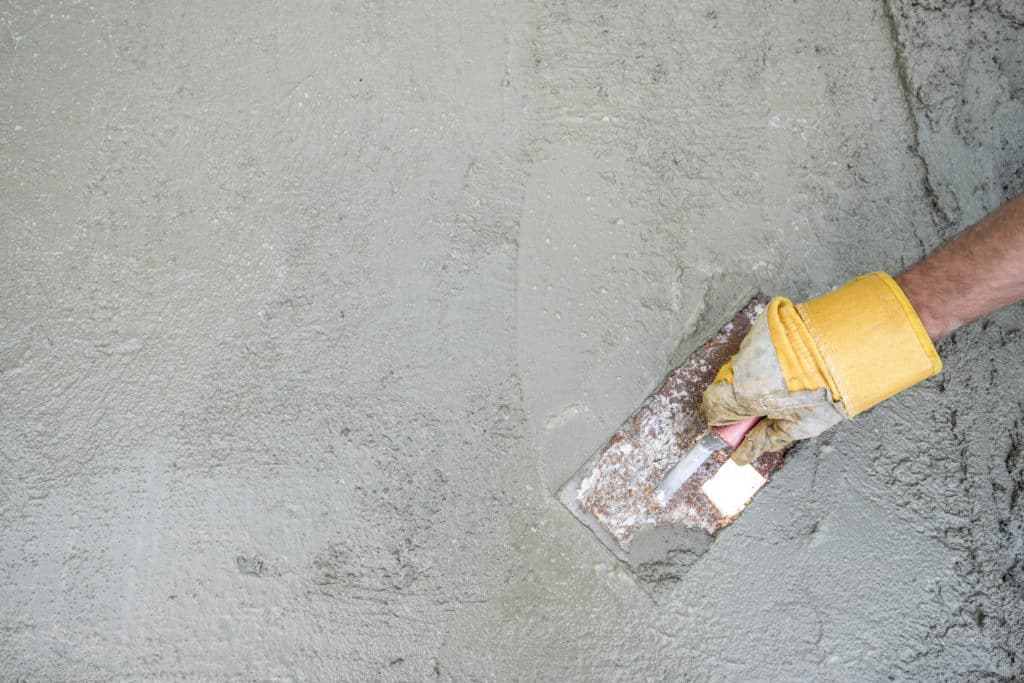
The process of fixing cracks in concrete involves several key steps, starting with a thorough cleaning of the crack and the surrounding area to remove any loose particles and debris. This ensures that repair materials adhere properly and the fix is long-lasting. The choice of repair product is also critical, as different types of cracks require different solutions; for instance, narrow cracks can be managed with masonry crack fillers, while wider ones might need a more robust approach with vinyl patching compounds.
It is important to recognize that not all cracks are created equal, and assessing the size and severity of the crack is crucial before beginning any repair work. Small, hairline cracks can often be fixed fairly easily by homeowners, but larger, more complex cracking patterns may indicate underlying problems that require professional assessment. Using the appropriate techniques and materials, one can effectively repair concrete cracks, thus safeguarding the structure and restoring its appearance.
Assessing the Concrete Damage
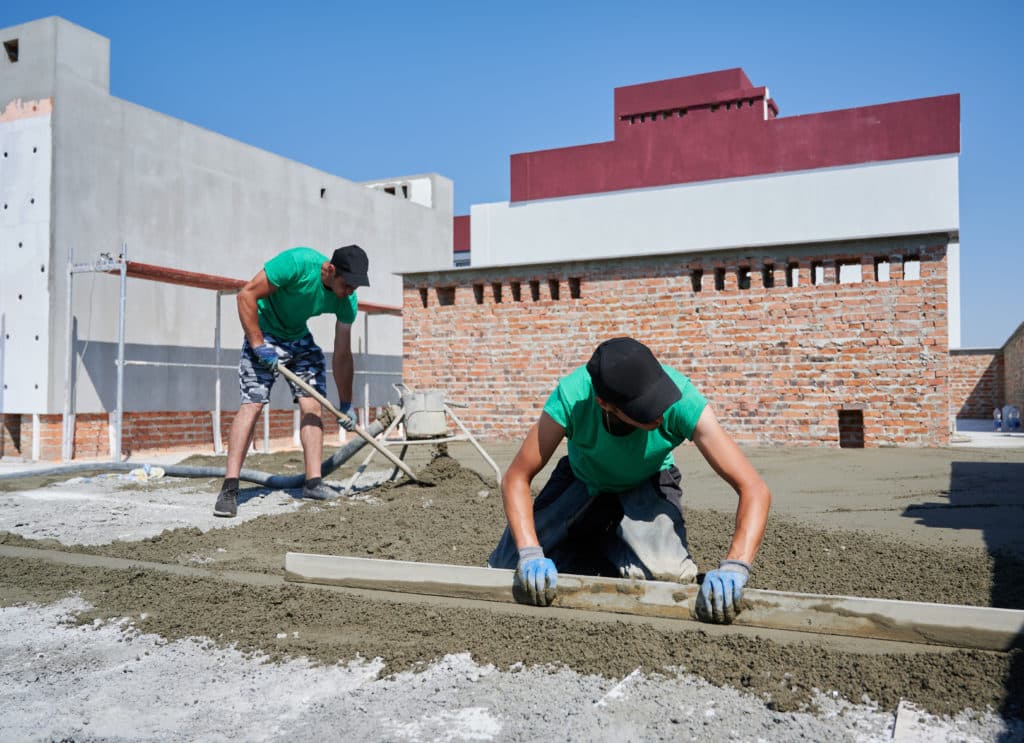
Before attempting any repair, it is crucial to thoroughly assess the concrete damage. A careful examination will determine the nature and extent of the damage, guide the applicable repair methods, and help ensure a lasting fix.
Identifying Crack Types
Concrete cracks are varied and each type indicates a potential different issue affecting the slab. Hairline cracks are thin and surface level, usually less than 1/16 inch wide. They might be indicative of minor stress or shrinkage after curing. Narrow cracks are a bit wider but do not yet pose significant structural concerns. Wide cracks, exceeding 1/4 inch, may signal serious structural damage or heavy loading conditions. Horizontal cracks that run parallel to the ground may point to lateral pressure or potential weak points in the concrete.
Evaluating Crack Depth
To determine the repair strategy, one must assess the crack depth. Shallow cracks are typically less challenging to fill or seal. For deep cracks, that penetrate through the slab, more extensive repair techniques are needed to restore structural integrity. Assessing the depth involves chipping away a small section of the crack, carefully making sure not to cause further damage. Tools such as a crack comparator card or an optical crack width measurer can assist in these measurements. If available, non-destructive testing methods offer a way to evaluate crack depth without additional damage.
Preparing for Repair
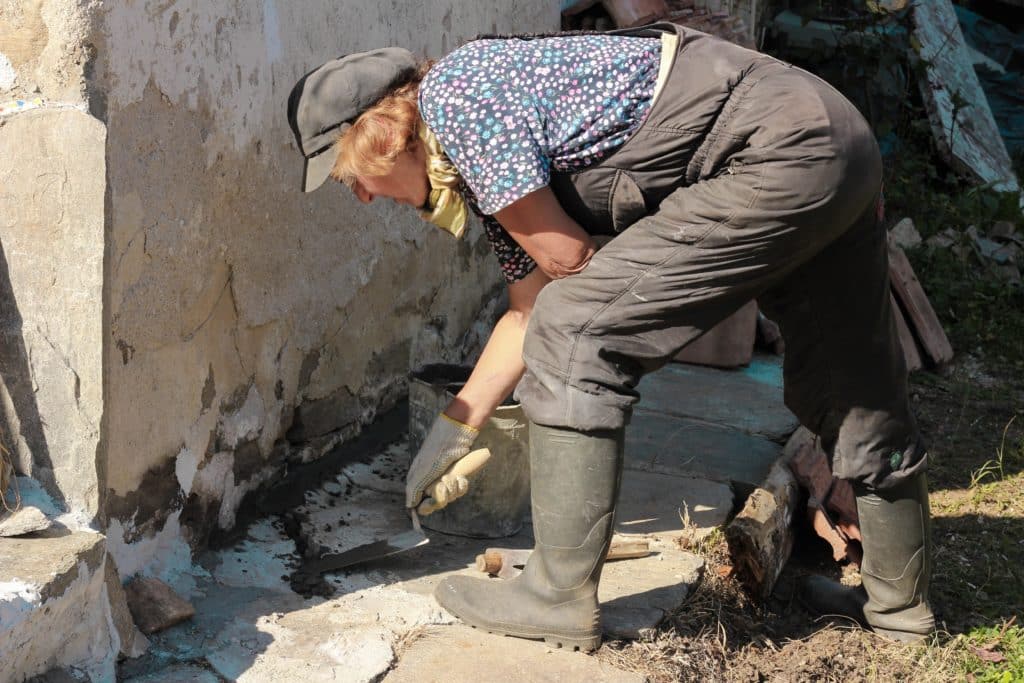
Before initiating any repair work on concrete, it is essential to properly prepare the cracked area and have all the necessary tools at hand. This ensures a stronger and more lasting repair.
Cleaning the Cracked Area
The first vital step is to thoroughly clean the crack to ensure the repair materials adhere properly. One should remove all debris and concrete dust using a pressure washer to blast away small particles and a broom for larger debris. For areas with stubborn residue, using a wire brush can effectively clear the crack’s edges and interior, creating a clean surface for the repair materials.
Gathering Necessary Tools
Having the right tools is paramount for an efficient repair process. The required tools typically include a:
- Hammer and chisel to clear loose concrete
- Trowel for applying the repair material
- Putty knife for finer application and shaping
Ensure each tool is in good condition before starting the repair to maintain precision and effectiveness throughout the process. It is advisable to prepare these materials beforehand to allow for a smooth progress.
Executing the Repair Process
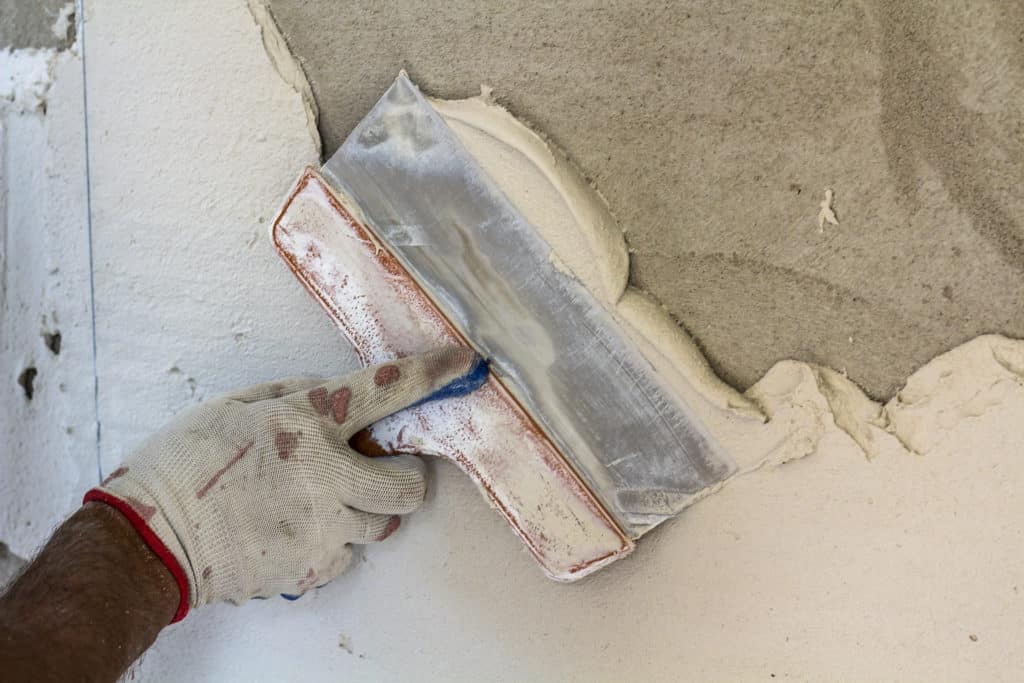
Once the crack in the concrete has been properly prepared, the repair process can begin. It involves filling the crack, applying a patching compound, and ensuring the repair is cured and sealed effectively. These steps are crucial for a long-lasting repair that will restore structural integrity to the concrete surface.
Using Concrete Crack Filler
Concrete crack filler is often the first resort for repairing hairline to medium-sized fissures. Choose a concrete crack filler that is flexible, durable, and capable of bonding to the existing concrete. For cracks wider than 1/4 inch, insert a backer rod before applying the filler to conserve material and provide extra support. This product usually comes in a tube and can be directly applied to the crack; however, for larger gaps, a mixture prepared separately might be required. Apply the filler meticulously, ensuring that no voids are left unfilled.
Applying Concrete Patching Compound
For larger cracks or areas with broken sections of concrete, a concrete patching compound is necessary. This compound typically comes as a powder that requires mixing with water to activate its bonding agents. Follow the manufacturer’s instructions to create a consistent, malleable compound. Press the mixture firmly into the crack, ensuring it is fully packed and level with the surrounding surface. Depending on weather conditions, notably dry weather, the drying time for patching compounds can vary, so it should be accounted for in the planning phase.
Curing and Sealing the Repaired Area
After the concrete patching compound has been applied, it is important to allow sufficient time for curing. During this period, the compound undergoes a chemical process that hardens and strengthens the material. It should be kept moist to prevent rapid drying, which can weaken the repair. Once cured, applying a sealer over the repaired area and the surrounding concrete can provide additional protection. An epoxy-based or other appropriate sealer will not only protect the repair from moisture and debris but also extend the overall lifespan of the concrete surface.
Addressing Underlying Issues
Before attempting to repair a crack in concrete, one must assess and address any underlying issues that may cause further damage if left unattended. Ensuring proper preventative measures can extend the lifespan of the repair and the concrete structure.
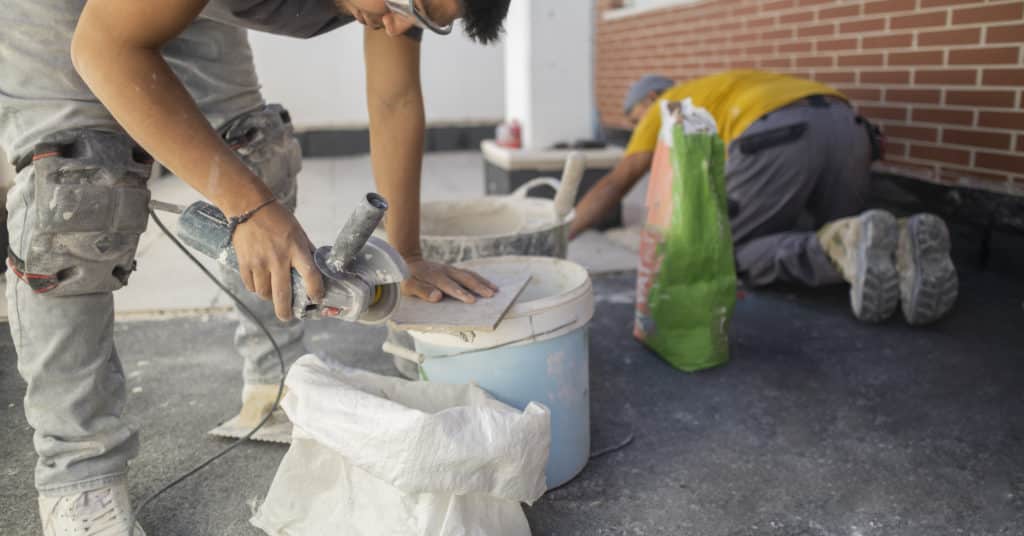
Improving Drainage and Waterproofing
Effective drainage plays a crucial role in the preservation of concrete structures. One should inspect and maintain gutters and downspouts regularly to ensure water is being properly directed away from foundation and basement walls. Additionally, installing waterproof coatings can provide an extra layer of protection against moisture, which is vital in preventing crack expansion and the infiltration of water.
Dealing with Root and Mold Problems
Tree roots can exert pressure on concrete, leading to cracks and structural damage. It is essential to remove any roots encroaching on the concrete and to consider root barriers to prevent future issues. Concurrently, one should address mold growth within the cracks by applying fungicides, as mold can degrade the integrity of repair materials.
Maintaining Structural Integrity
Assessing the foundation is integral to preventing recurring concrete issues. Small cracks, if ignored, may affect the overall structural integrity. One should not only fill cracks with appropriate repair materials but also consult a structural engineer if there are signs of significant damage to ensure that the stability of the building is not compromised. Regular inspections and immediate repairs contribute to long-lasting concrete structures.
Professional Support and Advice
When it comes to concrete repair, especially if the damage is in a critical structural area like a foundation or basement, seeking professional advice is imperative. While DIY methods are suitable for minor, non-structural cracks, professionals bring expertise that ensures a lasting repair for serious issues.
They will assess the situation to determine the underlying cause of the crack, which could be due to soil settlement, hydrostatic pressure, or structural overloads. Identifying the right cause is crucial because it affects the choice of repair material and method.
For horizontal foundation cracks suggesting possible structural damage, such as foundation bowing, an immediate consultation with a structural engineer or a specialized repair contractor is recommended. They possess the tools and materials suited for major repairs, such as:
- Epoxy injections: for bonding cracked areas;
- Underpinning: to stabilize a sinking foundation;
- Carbon fiber strips: to reinforce walls.
Here is a summary of when professional expertise is advised:
| Crack Type | Professional Assessment | DIY Acceptable? |
|---|---|---|
| Hairline | Optional | Yes |
| Wide | Advised | No |
| Horizontal | Mandatory | No |
Professionals not only repair but also offer guidance on preventing future cracking, such as maintaining proper drainage around the home’s foundation and managing tree root growth. It’s beneficial for homeowners to seek professional consultation even if they plan to carry out the actual repair themselves, ensuring the proper approach to a potentially complex problem.
Aftercare and Prevention
After repairing a crack in concrete, proper aftercare and prevention are vital to ensure the longevity of the repair and the overall health of the concrete surface.
Maintaining the Concrete Surface
To maintain the integrity of the concrete after a repair, it’s crucial to keep the surface clean and free from elements that can instigate deterioration. For example, mildew should be promptly removed using a pressure washer with a high-pressure nozzle to prevent the growth from penetrating the repaired area. If rust stains are present, they should be carefully treated with appropriate rust-removal products to prevent further corrosion and damage.
Routine Inspection and Immediate Action
Regular inspections of the concrete surface can help catch new cracks or problems early on. If a crack is detected, immediate action is necessary to prevent water intrusion and further damage. Small fissures can be addressed before they expand, potentially requiring a circular saw to create a clean edge, making it more receptive to repair materials. When filling in any new cracks, be sure to feather the edges for a smooth transition that blends with the existing surface. Acting swiftly and using the right techniques during routine maintenance can significantly extend the concrete’s life and appearance.

 CALL US NOW
CALL US NOW
